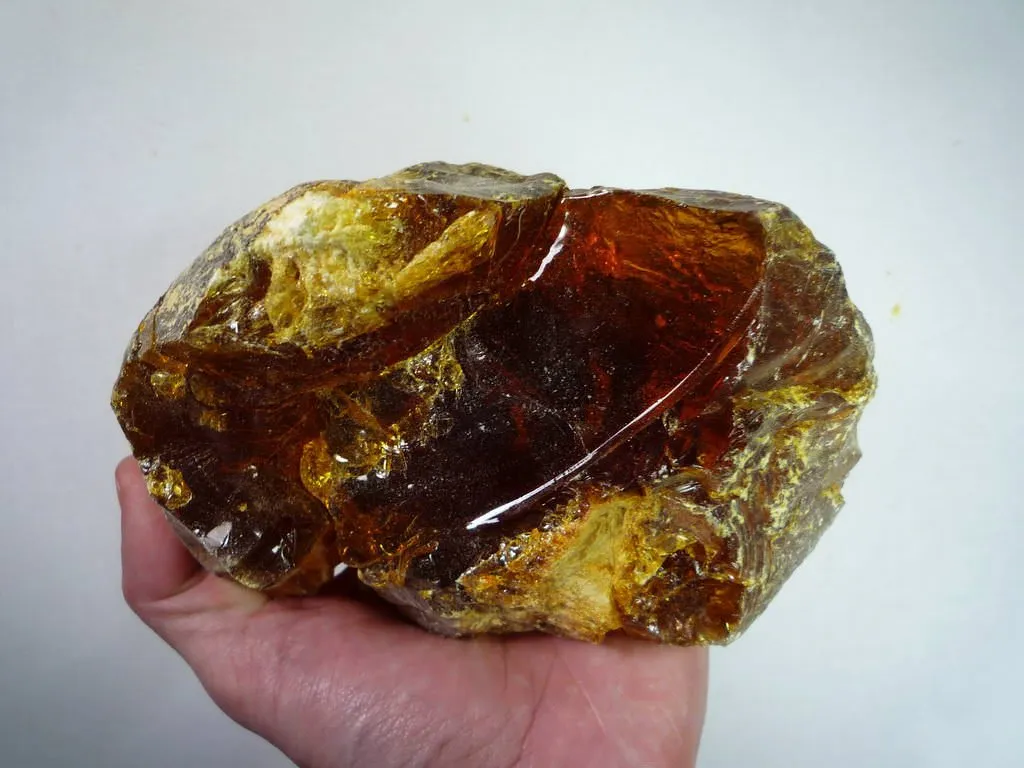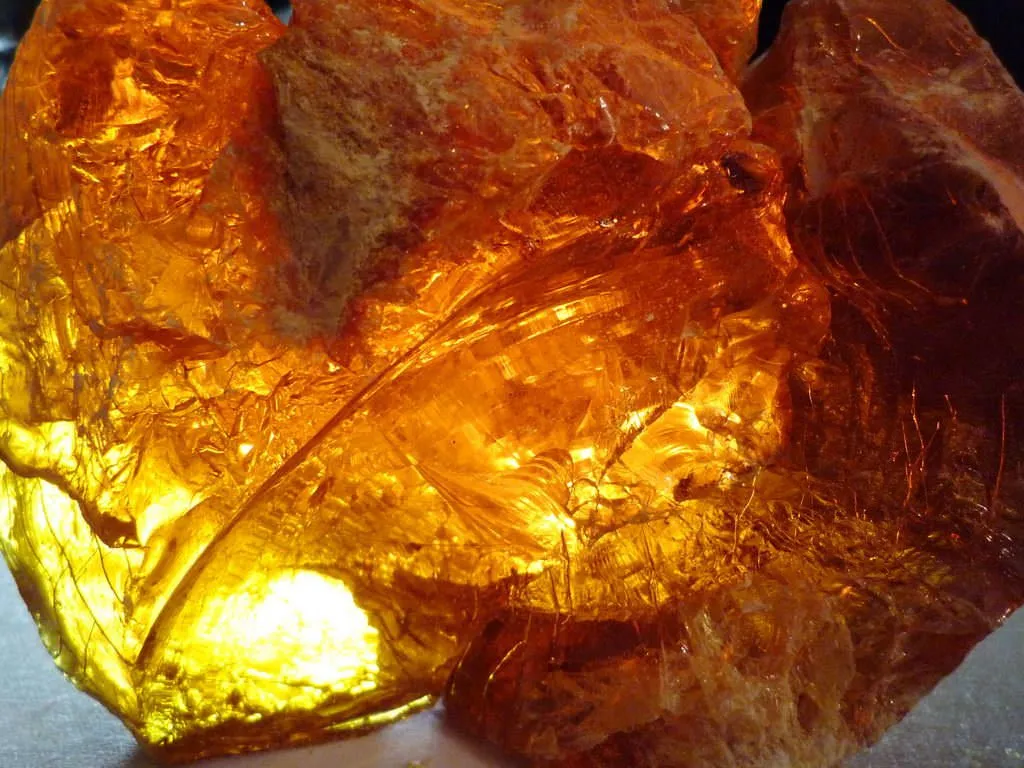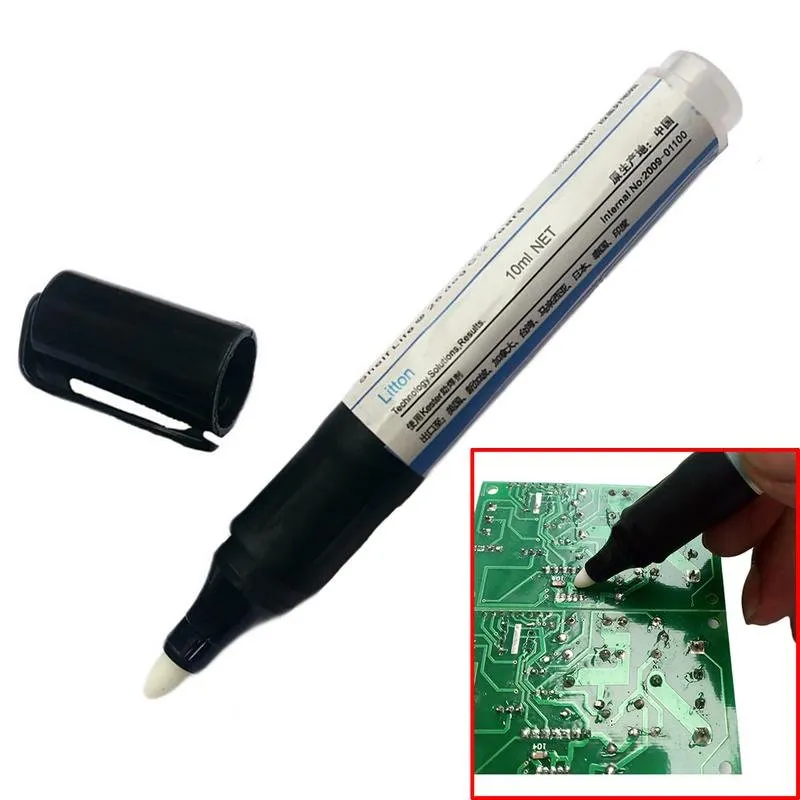Friends, I want to talk about such material as rosin. I often use it as a neutral flux for soldering circuits, but it has many other uses.
The word colophony comes from the Greek Κολοφωνία (colophonic resin). Kolofon - an ancient city (founded in the XI century BC), located in the territory of Lydia.

Colophon on the map of Keith Johnston (1886) link
If you look at the modern map, now this city would be in Turkey. The colophon throughout its existence was famous for its pine resin, which slaves extracted. In those days she was highly appreciated by musicians.

The label indicates the coordinates of the existing Colophon link
Rosin is an amorphous substance, somewhat resembling amber. Has a glassy, brittle structure. Color from light yellow to dark shades of yellow.




Originally this substance was obtained from the resin of pine wood. The steam bath method was used, where turpentine and other volatile substances were separated, and the distillation was carried out by heated steam to 200 ° C, thus eliminating unnecessary impurities.
In modern industry, rosin was isolated with special solvents from the ground wood of pine trees or by pasture from the composition of tall oil. Also one of the widely used methods is the isolation from cellulose. Thus, rosin can be divided into pine, tallow and extraction.
Use cases:
- For the production of synthetic rubber, the production of plastics, rubbers, artificial leather, soaps, varnishes, paints, linoleums, as impregnating paper and cardboard.
- In the music industry for the rubbing of stringed musical instruments.
- In the ballet, the ballet slippers are rubbed to prevent slipping.
- For starting mechanisms with a large inertia (prevents slipping of belt gears).
- As a neutral flux when soldering metals.
- In the film industry, to create special effects, fine-grained rosin simulates smoke.
- Some enthusiasts are rubbing the end of the billiard cue.
On the fifth paragraph I will be a little more detailed. The property of rosin is such that when melting it removes a layer of oxides from the surface of the part to be soldered, and also promotes good wettability and spreading of solders.
From myself I will bring one of the life hacks, of which, of course, many know. Rosin is completely insoluble in water, but it dissolves perfectly in alcohols and in gasoline. You need to take a little rosin powder, pour alcohol and wait for complete dissolution. Then pour the resulting solution into a vial with a dispenser or brush. Before soldering, a few drops of such a liquid are enough. This greatly facilitates the washing of the boards from the residues of rosin.
For example, in stores you can find tucked markers for a solution of alcohol and rosin.

link
Solder for pleasure and with pleasure! Until next time, friends!
With the best wishes, @gleb-jeglov aka Evgeny